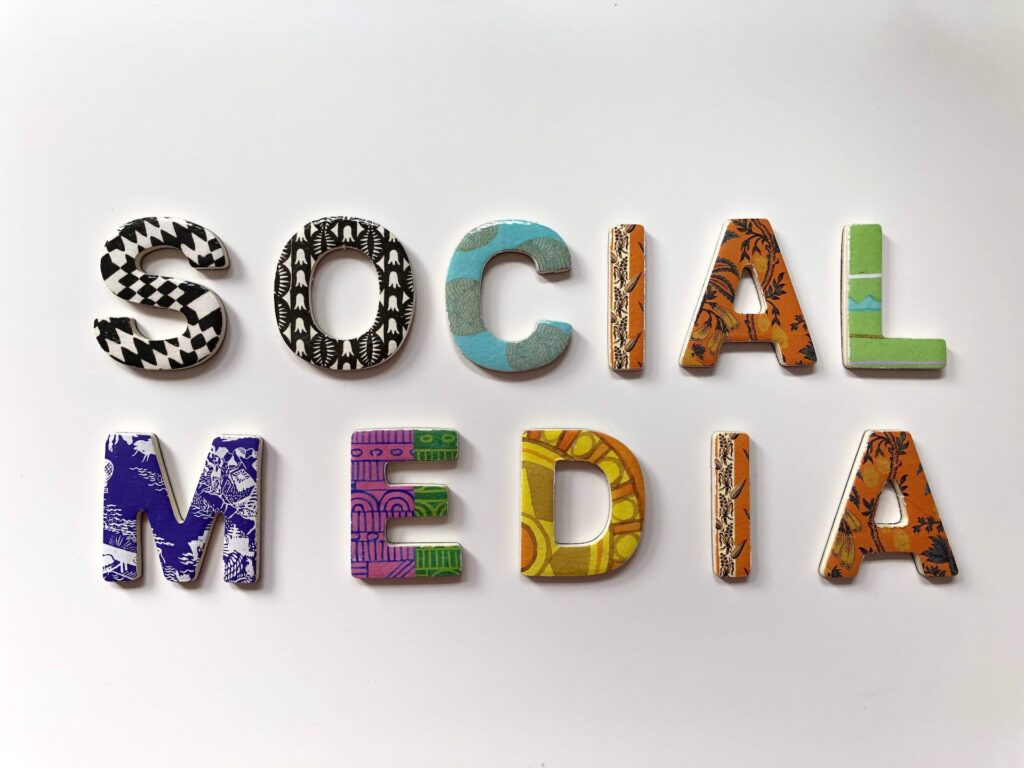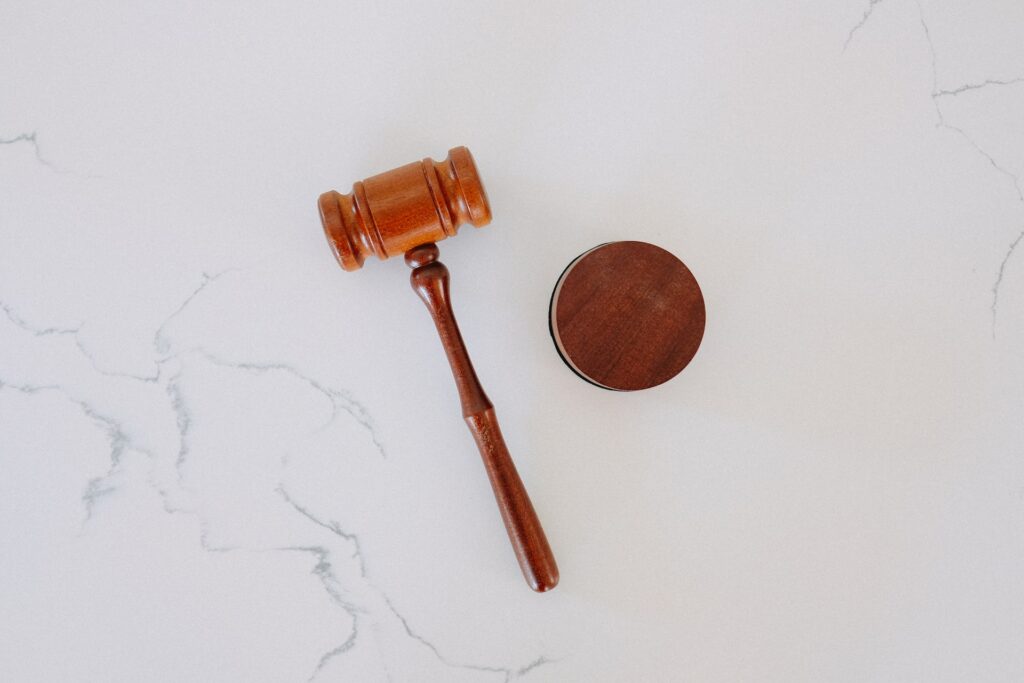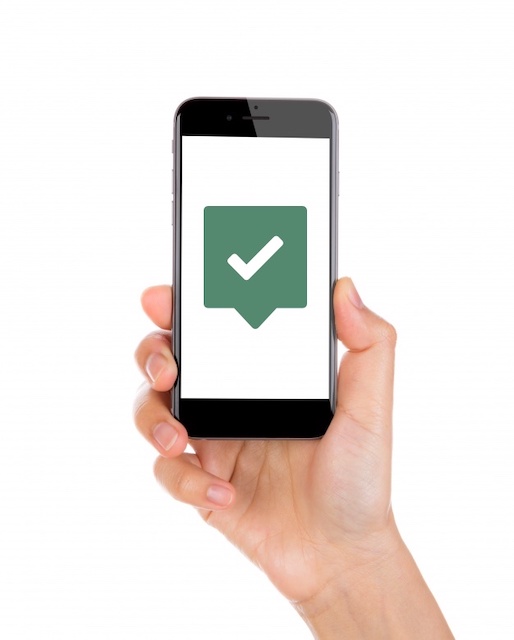The presence of a Facebook account is fairly widespread. Every month, more than 2 billion individuals use Facebook globally. More than 300 million people use Twitter each month, and many professionals use it to promote their practices. It’s generally advised to create a business or professional page and clearly identify it as such if you utilize these or any other social networking platforms.
Social media has become an essential tool for therapists to connect with potential clients, share information and resources, and build their professional brand. However, with the potential benefits come ethical considerations and potential pitfalls. There are many ways that technology may simplify life. However, it can also pose difficulties, particularly for therapists and counselors who are working to enforce complex codes of ethics and maintain separation between their personal and professional digital presences.
It’s practically hard to succeed as a business in today’s quickly digitalizing world without using social media in some capacity. You may be worried about some ethical problems that could occur as a result of using social media, whether you use it to promote your practice, stay in touch with other professionals, pursue continuing education options, or connect with people who could be looking for your services. In this guide, we will explore the ways in which therapists can use social media ethically and effectively, while avoiding common mistakes.
Understand the basics of social media

It is important to understand the basics of social media and how it can be used in a therapeutic context. Although it seems so obvious, it still happens every day that people don’t fully understand the mechanisms behind social media. They can lose their credibility and reputation online because of an inappropriate photo or comment. All people, including therapists, make mistakes. A typical internet blunder is publishing something on social media that you subsequently regret. Of course, you may remove it, but frequently not until several, even hundreds, of people have seen it.
Perhaps you and another therapist engaged in a public discussion during which some of the conversations bordered on the impolite. Perhaps someone had a negative opinion of you or thought you lacked sensitivity due to the wording on one of the quotation cards you posted or your accompanying comment. Or perhaps you angered someone you’re seeing in therapy by revealing your political views in a comment you made.
Benefits of social media

Social media platforms, such as Facebook, Twitter, Instagram, LinkedIn, TikTok, and others, allow users to share text, images, and videos with a wide audience. By creating a personal or professional profile, therapists can share information about their practice, post articles, and resources, and connect with other professionals in their field.
The benefits of using social media as a therapist are numerous. It allows you to reach a wider audience and connect with potential clients who may not have found you through traditional means. Social media can also be a powerful tool for building your professional brand and establishing yourself as an expert in your field. Additionally, it can be a great way to share valuable information and resources with your clients, as well as to connect with other professionals in your field and stay informed about the latest developments in therapy.
Set boundaries in a digital world

However, it is important to be aware of the potential ethical considerations when using social media as a therapist. One of the most important considerations is maintaining client confidentiality. It is crucial that therapists do not share any information about their clients on social media, even if the information is shared anonymously. This includes sharing case studies or client testimonials without their explicit consent. Additionally, therapists should be aware of the potential for clients to contact them through social media and should have a clear policy in place for handling such communication.
Another ethical consideration is the potential for boundary violations. Social media can blur the lines between the professional and personal, which can lead to boundary violations. For example, certain therapists should not friend or follow their clients on social media. They also should be aware of the potential for clients to contact them through social media. Additionally, therapists should be mindful of the tone and language they use on social media, as it can be easy to let personal feelings and opinions bleed into professional posts.
Create a privacy policy

Being a Facebook friend with a client will offer you access to information about their life that they might not have thought to include while requesting your friendship on Facebook. Additionally, they might observe aspects of your life that you wouldn’t discuss with them in a therapeutic setting. Having access to this degree of specific personal information can have a big impact on your relationship with your client. This is crucial if you plan to search for your client online. This is generally not suggested or appropriate, but it might be required if you have a genuine worry for someone’s safety.
On the other side, an especially vulnerable client can respond even more negatively to a friendship rejection on social media. Creating a social media strategy and going through it with clients during the initial meeting will help you avoid offending them and possibly stop friend requests from becoming a problem. Possible decide and make it clear in your policy that you never accept friend requests from clients in order to respect their privacy and preserve a productive therapeutic relationship.
Be aware of the laws and regulations

One of the most important things that therapists should keep in mind when using social media is to be aware of the laws and regulations that apply to their profession. For example, the Health Insurance Portability and Accountability Act (HIPAA) or General Data Protection Regulation (GDPR) have specific regulations regarding the use of electronic communication for patient information. Therapists should be aware of these regulations and ensure that they are following them when using social media. As mentioned, along with these guidelines, you should double-check exactly what you’re going to post and who will see it.
Consider the different types of social media platforms

Another important consideration is to be aware of the different types of social media platforms and how they can be used to reach different audiences. For example, Facebook is a great platform for building a community and connecting with potential clients. Instagram is better suited for visual content and building a personal brand. LinkedIn is a professional networking site, where therapists can connect with other professionals in their field and stay informed about the latest developments in therapy. TikTok is a newer platform that is growing in popularity, particularly among younger audiences. Therapists should be aware of these different platforms and use them accordingly.
Quality over quantity

When it comes to creating content for social media, it’s important to remember that quality is more important than quantity. Therapists should focus on creating valuable and informative content that will be of interest to their target audience. This could include sharing research articles, offering tips and advice, and sharing personal experiences. Therapists should also be mindful of the tone and language they use, as it can be easy to let personal feelings and opinions bleed into professional posts. Rare, but more elaborate posts that add value in terms of content and appearance give you as a therapist a better reputation and more credibility.
Your company account might grow by using formal terminology. While you might frequently use exclamation marks, smiley faces, other emoticons, or curse words in your personal communications, it’s best to avoid using online slang on your business page. You might decide to be genuine with your clients in your private practice. This can help to inspire them to bring their authentic selves to therapy. Many therapists think that using profanity or another typical language during sessions might support this objective and strengthen the therapeutic bond. Even so, it might be preferable to explain your philosophies to clients in-person rather than on a social media account that serves as their first point of contact.
Keep your tone professional

Be sure to keep your posts professional. Sharing inspirational visuals and quotation cards is typically acceptable, but it is normally advised to reserve personal images, even happy or upbeat ones (like your new clothing), for your own page. Please keep in mind that anybody can see your page at any time and be dealing with something. Think twice before posting something that might be offensive to someone who is already upset. If there’s a potential that it might happen, don’t put it on your professional page.
Find the right balance between personal and professional content

One important aspect to consider is creating a balance between personal and professional content on social media. As a therapist, it is important to maintain a professional image on social media, but it is also important to show your human side. By sharing personal experiences or insights, therapists can build a deeper connection with their clients and followers. However, it is important to keep in mind that this should be done in a way that is appropriate and does not compromise client confidentiality.
Of course, your therapeutic profession also has an influence on how you should deal with social media. A sports therapist may not be as concerned if he/she publishes a post on Instagram telling his audience, including his patients, that he ran a marathon on Sunday. In contrast to psychiatrists who often deal with vulnerable patients and whose relationship with their patients may be very strong (on the patient’s side), they should not release so much about their private life that the patients may later use them against them. Of course, this is only an extreme example, but we recommend a certain amount of caution depending on the profession.
Use hashtags and keywords

Another important aspect to consider is the use of hashtags and keywords. Social media platforms like Instagram and Twitter use hashtags to help users find content that is relevant to their interests. By using relevant hashtags, therapists can make their content more discoverable and reach a wider audience. Additionally, using keywords in your posts can help your content show up in search results. This makes it easier for potential clients to find you.
For example, as a yoga teacher, it makes sense to use hashtags such as #Yoga #Balance #Yogapractice #Meditation. In this way, you may also reach new clients who will become aware of your profile and thus also your Online Booking through the right hashtags selection.
Keep yourself updated

Another important aspect is to stay informed about the latest trends and developments in the field. Social media is a great way to stay informed about the latest research and developments in therapy. By following other therapists and organizations in your field, you can stay informed about the latest trends and developments, and share this information with your clients and followers.
Therefore, follow accounts/people who are either active or doing research in your field of activity. This can lead to you accidentally stumbling upon a new form of therapy that can help one of your clients. Also, with new clients, knowing about current trends can be used as an icebreaker to build better relationships. This is more than beneficial, especially when therapists deal with young people.
Sum up
In conclusion, social media can be a powerful tool for therapists to connect with potential clients. Share information and resources, and build your professional brand. However, it is important to be aware of the potential ethical considerations and common mistakes when using social media. By understanding the basics of social media, maintaining client confidentiality, avoiding boundary violations, creating a balance between personal and professional content, using hashtags and keywords, staying informed about the latest trends and developments, and engaging with your audience, you can use social media effectively and ethically.
At EasyPractice, we are aware of the use of social media and have therefore developed integrations with Facebook and Instagram to facilitate contact with clients via social media and to make booking appointments via social media as easy as possible.
Please do not hesitate to email us at [email protected] if you have any questions or require assistance with anything. We anticipate hearing from you.
Visit our Help Centre for thorough explanations if you already have an account here. Check out our other Blog posts for intriguing tips and articles if you’re not sure how some things function.

 alt tab and computer
alt tab and computer  alt Online scheduling
alt Online scheduling  alt Create special Vouchers for your services
alt Create special Vouchers for your services